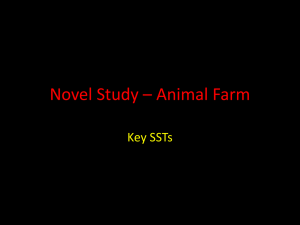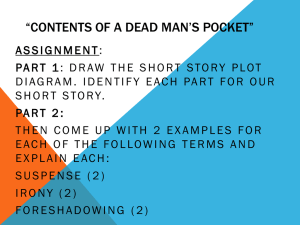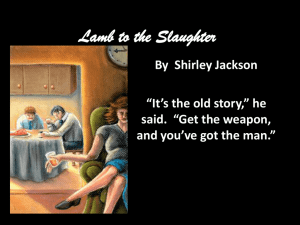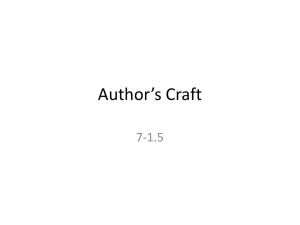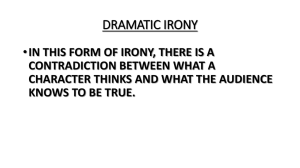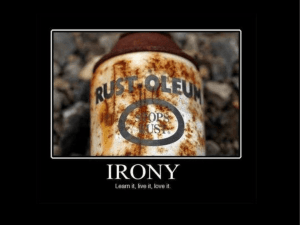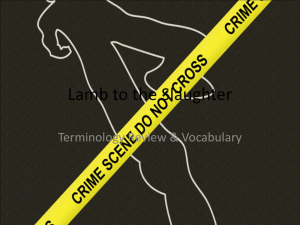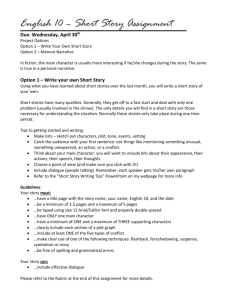Misc Fiction Notes
advertisement
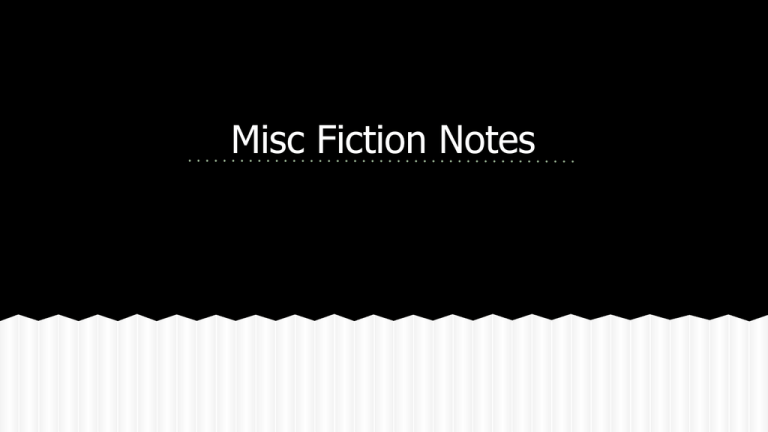
Misc Fiction Notes Narrative Narrative Narrative-- story that can be interpreted to reveal a hidden meaning, typically a moral or political one. Characters and Character Types Characterization Direct characterization--the author steps in to describe and sometimes judge the character for the reader Indirect characterization•the reader has to figure out what kind of person the character is by seeing their thoughts, actions, and what they say Characters 1. Protagonist---is the central character who engages the reader’s interest and empathy NOT THE GOOD GUY 2. Antagonist ---is the character, force, or collection of forces that stands directly opposed to the protagonist and gives rise to the conflict of the story. NOT THE BAD GUY Characters 1.Static--does not change throughout the work, and the reader’s knowledge of that character does not grow 2.Dynamic--a character that changes from the beginning of the play to the end Characters 1. Flat--embodies one or two qualities, ideas, or traits that can be easily described in a brief summary. They are not complex characters and therefore are easy to understand to readers. 2. Round--are more complicated than flat characters, and are often have malfunctions similar to most real people. They are more fully developed, and therefore are harder to summarize. Characters 1. Major-- characters are vital to the development and resolution of the conflict In other words, the plot and resolution of conflict revolves around these characters. 2. Minor--serve to complement the major characters and help move the plot events forward Foreshadowing Foreshadowing Foreshadowing - Clues that suggest events yet to come. Flashback Flashback Flashbacks are interruptions that writers do to insert past events in order to provide background or context to the current events of a narrative. Irony •Irony, or something ironic, is the contrast between what is stated explicitly and what is really meant. The difference between what appears to be and what actually is true. Irony is used for many reasons, but frequently, it’s used to create poignancy or humor. Verbal Irony •In verbal irony, the words literally state the opposite of the writer’s (or speaker’s) true meaning. –Sarcasm--“Don’t move or anything, wouldn’t want you to hurt yourself” –Hyperbole-- Someone tells an off-color joke about a grandmother and then realized to his surprise that his own grandmother, a prim and proper lady, happened to be standing right behind him. "I literally died," he says. –Understatement-- “He's very poor at spelling.” but the person is a great speller Situational Irony •In situational irony, events turn out the opposite of what was expected. What the characters and readers think ought to happen is not what does happen. Dramatic Irony •In dramatic irony, facts or events are unknown to a character in a play or piece of fiction but known to the reader, audience, or other characters in the work. Allegory Allegory Allegory-- An allegory is a complete narrative which involves characters, and events that stand for an abstract idea or an event.


